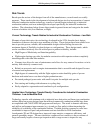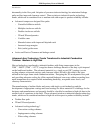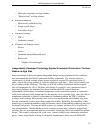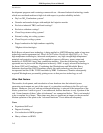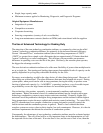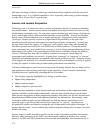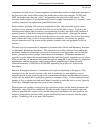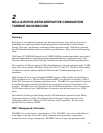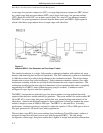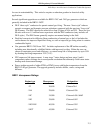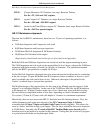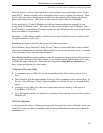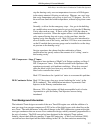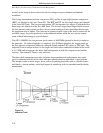
EPRI Proprietary Licensed Material
2-1
2
ROLLS-ROYCE AERO-DERIVATIVE COMBUSTION
TURBINE BACKGROUND
Summary
Rolls-Royce’s aero-derivative heritage goes back more that forty years with an active role in
establishing the combustion turbine in marine application with such units and the Proteus,
Gnome, Tyne Spey, and Olympus combustion turbine propulsion units. Rolls-Royce has more
than 975 marine installations with over 6 million operating hours. Many units are still operating
today.
The Proteus (2.7 MW/4,000 hp) and Avon (14MW/19,000 hp) combustion turbines were used in
industrial applications for electrical generation and mechanical drive applications since 1964.
These two units have more than 1200 units installed base with more 48 million operating hours.
The acquisition of Allison engines in 1994 added additional scope and experience in the 2-9 MW
range with various models of the Rolls Allison 501, 601, 570, and 571. The Rolls Allison family
of combustion turbines adds an additional 2200 units and 75 million operating hours of
experience.
Initial designs for the aero-derived industrial RB211 began in 1965 with the first installation in
1974 in pipeline service. The first DLE production RB211 was delivered in October of 1994 to
Pacific Gas Transmission Company in pipeline service. The RB211 has more than 410 units and
an installed base with more than 15 million hours of operation, with over 50 customers in 20
countries. The RB211 has over 220 onshore and 120 offshore installations. There are more than
70 DLE units with well over 1,000,000 hours of operation, with the lead unit at over 45,000
hours.
The industrial Trent began initial design work in 1988 and became operational at the Whitby
Cogeneration Project in 1996. The industrial Trent is the world’s largest aero-derivative
combustion turbine at 51.2 MW and 41.6% efficiency at ISO conditions. The new water-
injected Trent can achieve 58 MW.
RB211 Background Information
The RB211 has evolved since its introduction in 1974. The RB211 was a successful follow-on
to the highly successful Avon used in utility, industrial power generation, cogeneration,
mechanical drives, and gas compression. The RB211 has a two-spool gas generator with a



